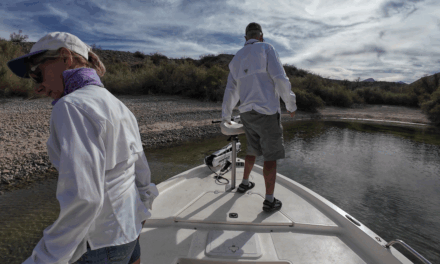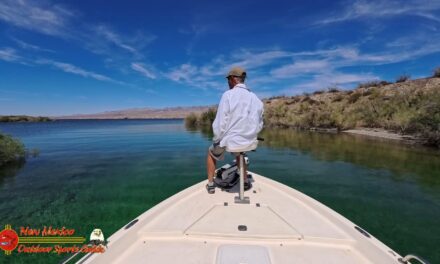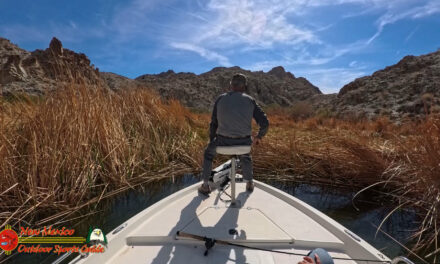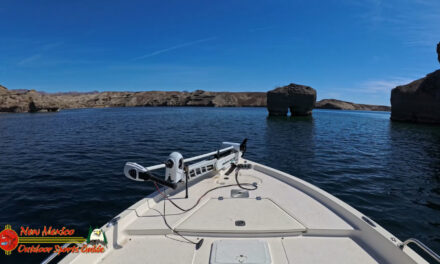Asking ten anglers to define finesse fishing would likely result in ten different perspectives. To many, finesse fishing is equated with light, ultralight, or microlight tackle and vague concepts such as splitshotting, slipshotting, doodling, shaking, stiching, and other mysterious techniques. Consequently, finesse fishing is frequently dismissed as too slow, too complicated, or necessitating fragile tackle. The common denominator in the various finesse techniques is an unobstrusive, natural presentation. Bass subjected to intense fishing pressure become inured to frequently encountered lures. Under less than ideal conditions they may respond only to specialized techniques, Quiet presentations, and lures that they haven’t grown weary of seeing daily. One of the least utilized finesse techniques for bass is fly fishing. How many Lake Conroe bass have ever seen a Silver Darter or Gray Ghost or Mickey Finn – all very effective streamer flies?
Fly fishing has surged in popularity the past several years, but its positive aspects have been largely overlooked by bass anglers. Generally regarded as a fun way to catch small bass and panfish, fly tackle can produce quality bass, and do so when all other techniques fail. Fly casting facilitates a more delicate presentation than any other system emloying artificial lures. Shallow, spooky bass are extremely wary of intrusions within their environment; a feather is much less imposing than a chunk of wood, metal, or plastic. The long, soft rods utilized are capable of exerting substantial leverage on a fish. And today’s bass boats provide an excellent fly casting platform. The application of fly tackle to bass fishing is limited only by one’s imagination.
Mastering the fly rod is not as difficult as it may appear. I’ve never been accused of being particularly dexterous, and I taught myself to cast unassisted in one afternoon when I was twelve years old. The following year I caught my first tarpon – on a fly rod. Learning the fly rod requires balanced tackle. The line, rather than the lure, provides the weight for the cast. It must be matched to the rod to properly load it. Although really long casts are seldom necessary, balanced tackle will facilitate powerful, accurate casting in the wind. An 8 ½’ or 9’ rod matched to a 6,7, or 8 – weight floating line will provide a good balance of power and manageability, A basic single – action reel will suffice. The reel’s primary function is line storage, although some anglers prefer to play larger fish off of the reel. Tapered leaders enhance accuracy and soft entry by helping the fly “turn over” properly at the end of the cast. They may be purchased or made up from lengths of progressively lighter monofilament.
– Lake Mohave
– Lake Mohave






